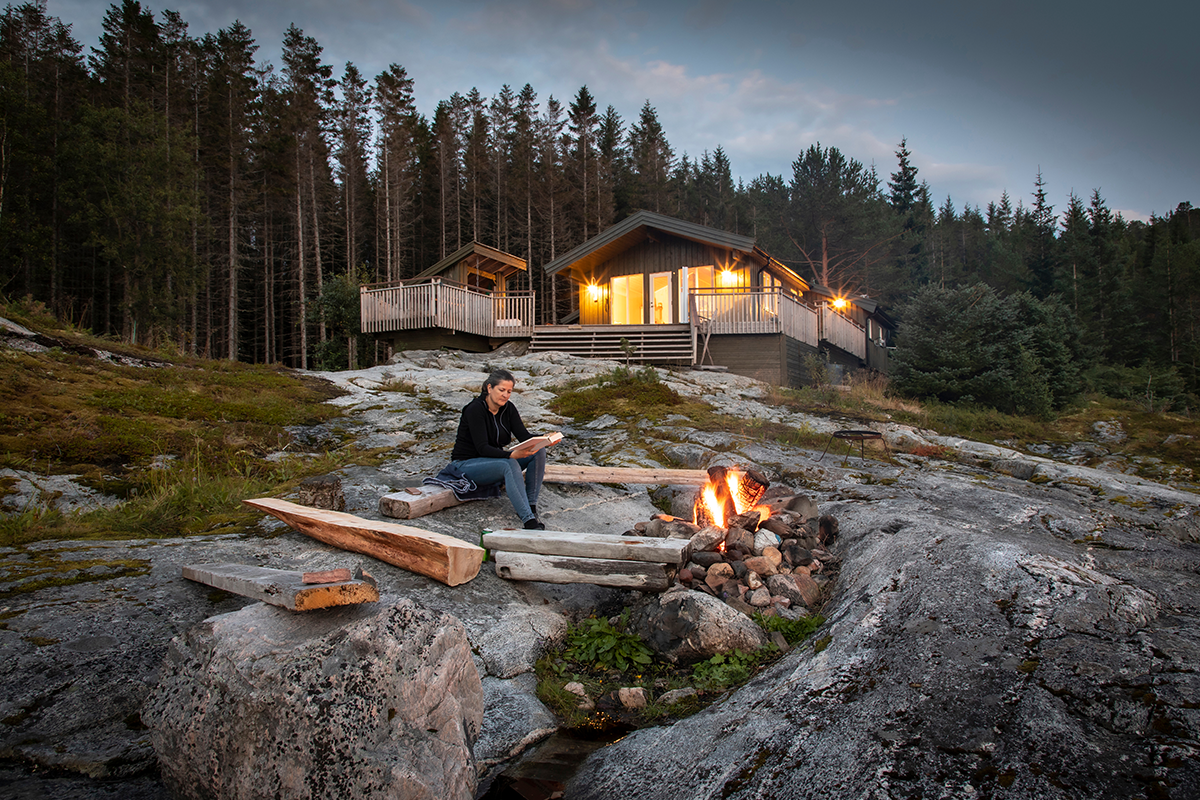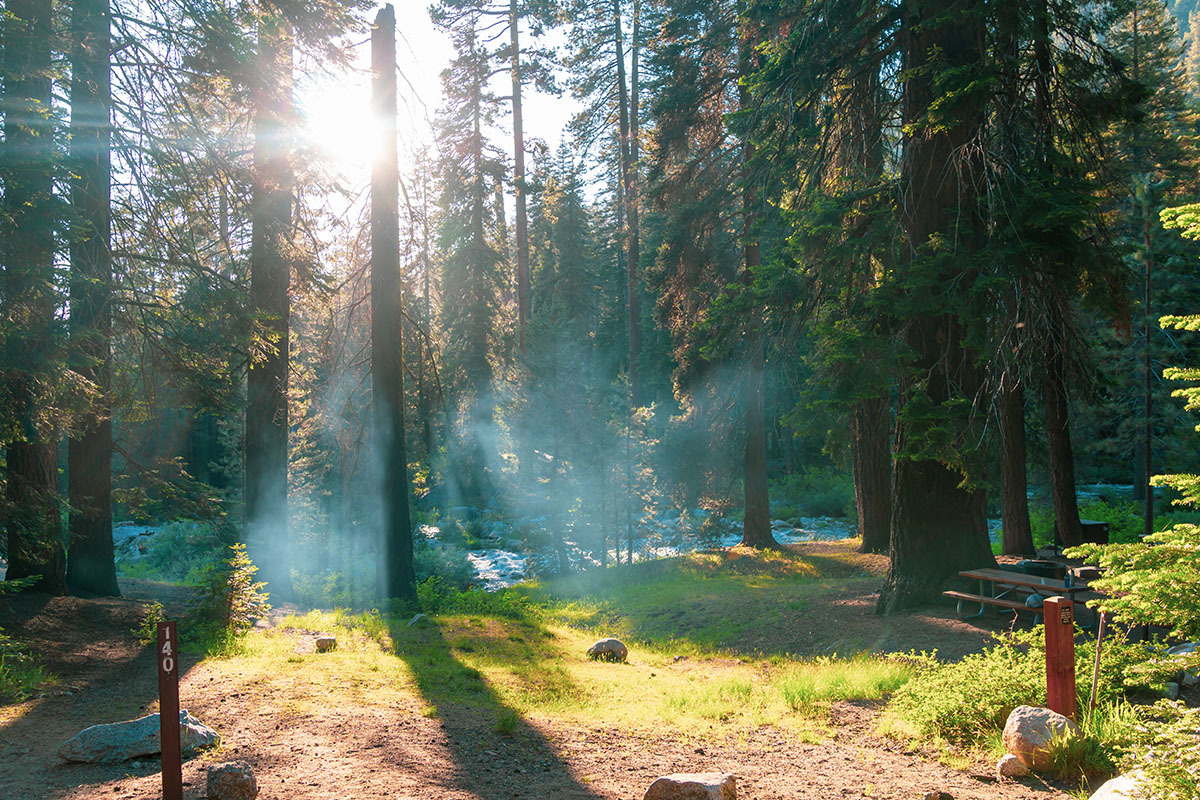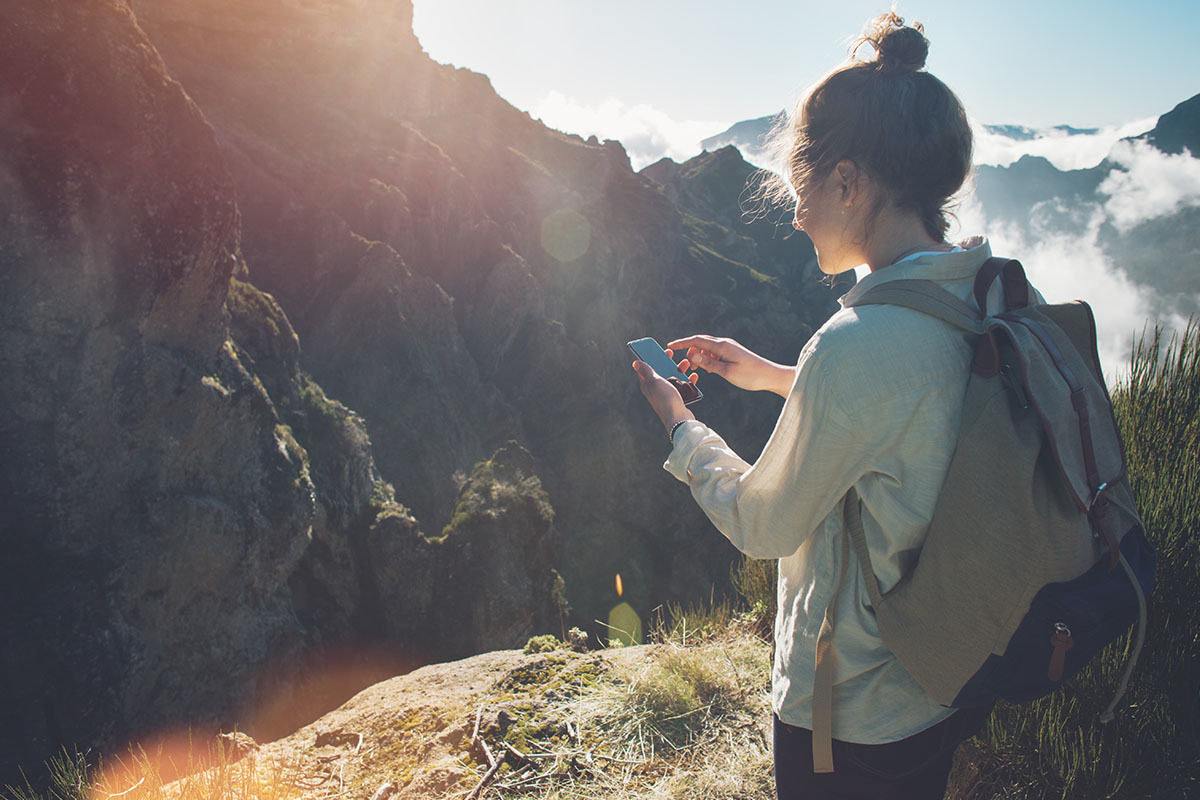Exploring Big Bend National Park
- Written by
- On Wednesday, April 14, 2021
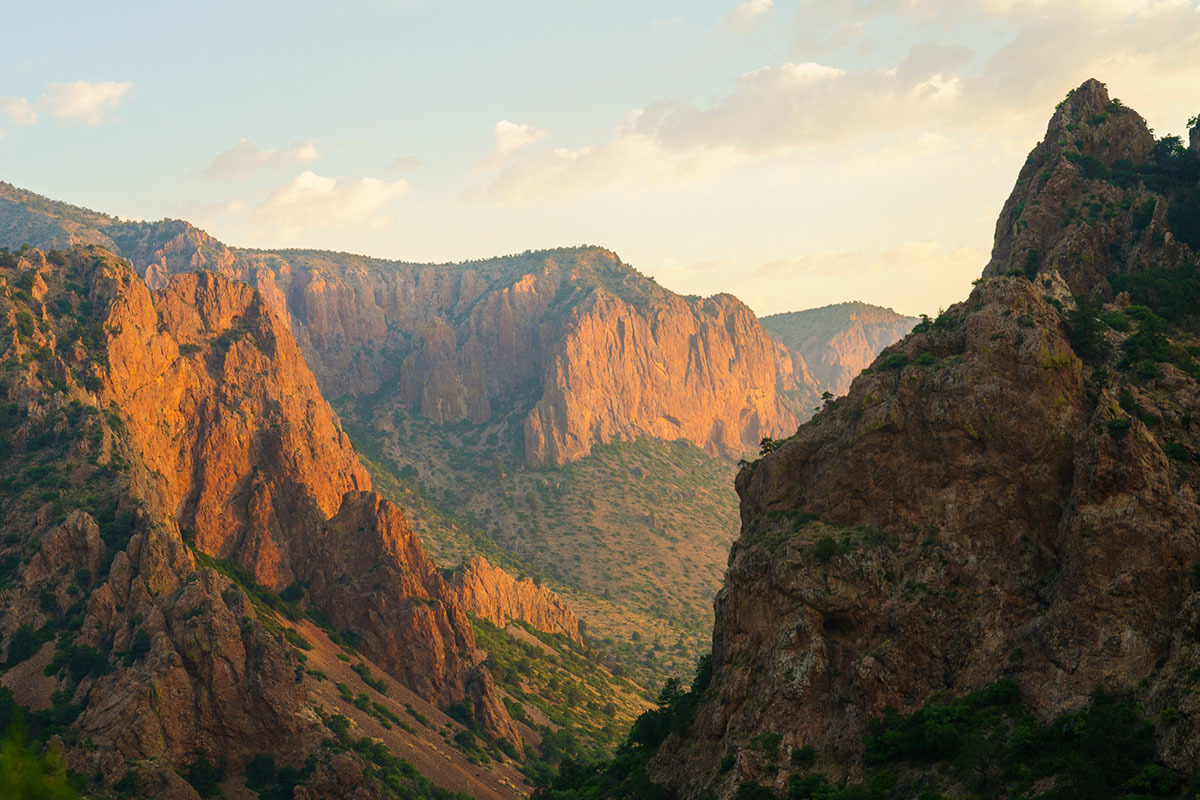
Year Established: 1944
Acres: 801,163
Annual Visitors: 463,832
Annual Pass Fee: $15-$30
Located in West Texas, Big Bend National Park is the largest protected area of Chihuahuan Desert ecology and topography in the country. The park also hosts the Chisos Mountains, the only mountain range in the U.S. that’s fully contained within a national park boundary.
The park’s wide variations in elevation, ranging from the dry, hot desert to the cool mountains, make it attractive to a wide variety of plants and wildlife. In fact, Big Bend hosts more than 1,200 plant species, 75 mammal species, and 450 bird species. But if you’re hoping to observe diverse wildlife, then you should plan to stay overnight because most of the park’s animals aren’t visible during the day, especially in the desert regions.
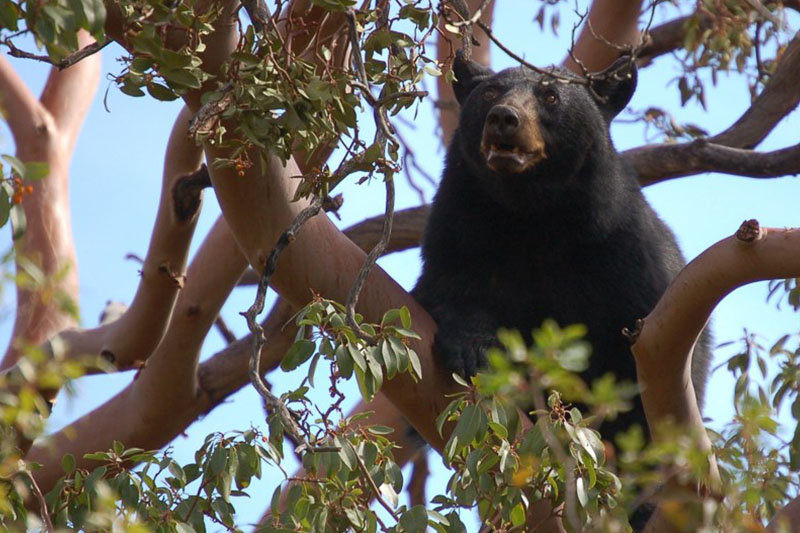
Image courtesy of NPS
At night, you may catch a glimpse of a cougar—there are estimated to be about 150 cougars in the park—as well as coyotes, jackrabbits, and gray foxes. Big Bend also hosts quite a few Mexican black bears found in its mountain areas.
In addition to diverse wildlife, Big Bend is home to varietous plants, including all kinds of desert cacti that dot the landscape. If you head there during the spring, then you’ll be greeted with wide expanses of wildflowers in candy-coated colors, including blue, pink, and white bluebonnets, the flowers for which Texas is best known for.
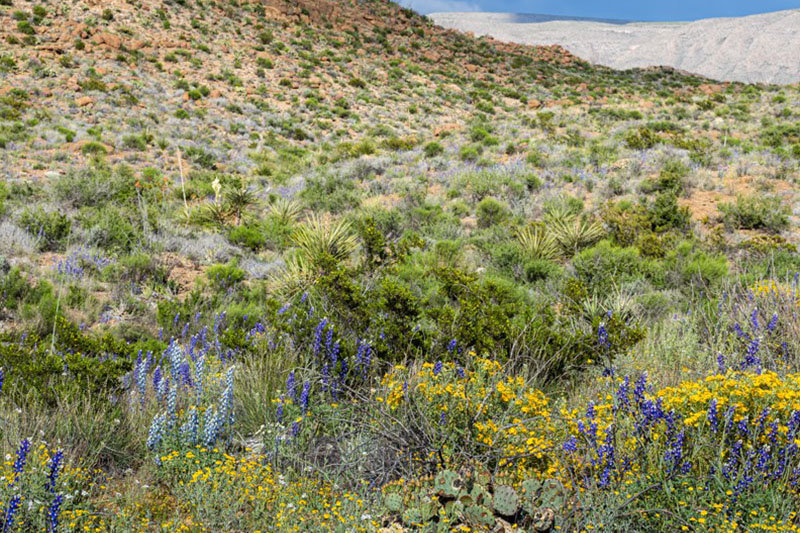
Image courtesy of NPS
Given Big Bend’s various elevations and variety of flora and fauna, it’s no surprise that there’s plenty to do there. With its hundreds of bird species, the park is a birdwatcher’s dream. Some of the best birding hotspots include the desert springs, the forested canyons, and the grasslands. If you’re planning to catch sight of a specific bird, then you’ll want to keep the seasons in mind. Only 56 of the park’s 450 bird species live in Big Bend year-round, so you’ll want to ensure you make a trip when the birds you’re hoping to watch will actually be there.
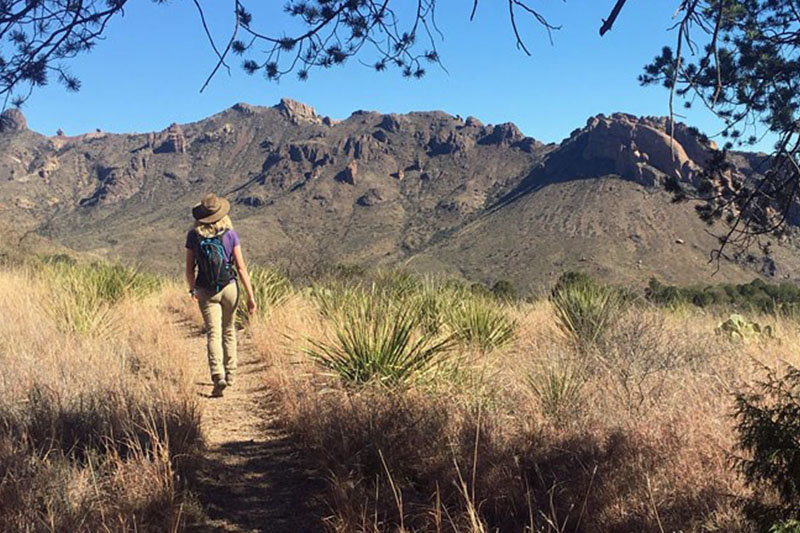
Image courtesy of NPS
The park is also heaven for hikers, featuring more than 150 miles of trails and the largest expanse of roadless public lands in Texas. The various elevations mean that hikers can pick from trails ranging from short and easy, to long and challenging. These elevations also allow hikers to observe a variety of ecosystems in addition to scenic vistas. But make sure that you’re prepared for the weather shifts that come with these fluctuations in elevation—typically, there’s around a 20-degree difference between low- and high-elevation trails.
In addition to exploring the park by foot, you can enjoy it by boat. The Rio Grande river flows through the park and makes for a great canoe trip. You can choose from half-day floats or multi-day excursions, coasting down the river through miles of canyons while checking out the beavers, turtles, and great blue herons that call this area home. However, because the river crosses the Mexican border, floaters should be aware that landing the boat on the Mexican bank is considered illegal except when safety is a consideration. Therefore, be sure to make note of these boundaries and plan accordingly.
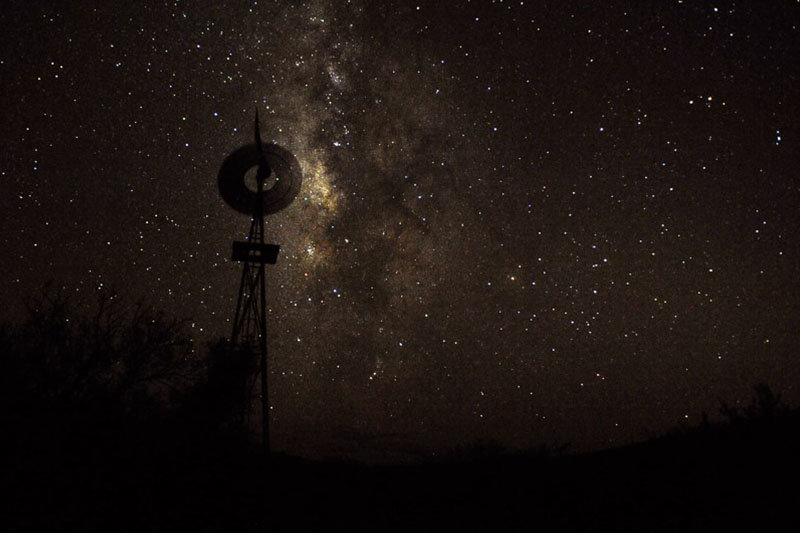
Image courtesy of NPS
If you’re lucky enough to be at the park at night, then you’ll be treated to some of the best stargazing in North America. Big Bend boasts the least light pollution of all of the national parks in the lower 48 states, which means the sky explodes with stars during any clear night. To make the most of this stargazing opportunity, you can participate in any number of Big Bend’s night sky programs, including star parties and moonlight walks, which encourage discussions about notable stars and the importance of preserving dark night skies.
And one of the best ways to enjoy the park’s night sky is to camp out under it. Big Bend hosts three developed campgrounds, ranging from 14 to 100 campsites each, as well as a variety of primitive, backcountry camping opportunities. If you prefer a solid roof over your head, though, you can also book a room at the Chisos Mountains Lodge, which is nestled within the Chisos Basin at 5,400 feet of elevation. The lodge is open year-round and features a variety of rooms and cottages, as well as a gift shop, camper store, and dining room.
Whether you take a quick scenic drive through the park or camp out under the stars for a week, one thing’s for sure: You’ll most definitely make memories at Big Bend that you’ll enjoy for years to come.
Love the great outdoors? Then check out the cabin homes for sale in your area.

